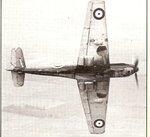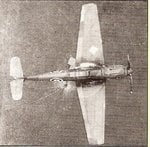- Thread starter
- #21
samjkramer
Recruit
- 6
- Apr 22, 2010
Thanks a million Alberto!
Honestly, my interest in all these photographs really lies in the genealogy aspect of it but being a WWII history sponge, I'm interested in that aspect too.
Let me know what you find, I'm stoked!
Honestly, my interest in all these photographs really lies in the genealogy aspect of it but being a WWII history sponge, I'm interested in that aspect too.
Let me know what you find, I'm stoked!














